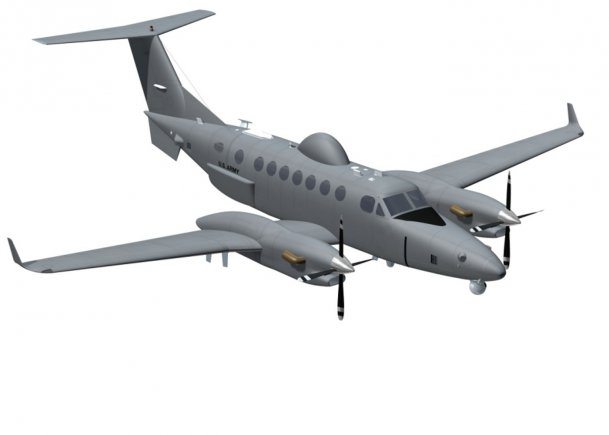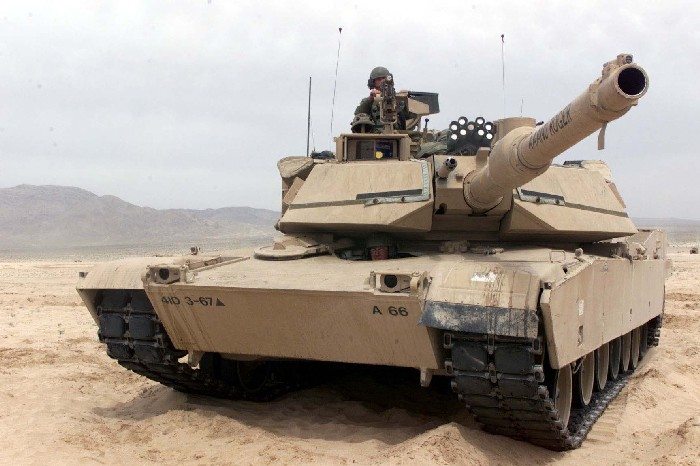Army acquisition officials say they expect the service’s newest airborne intelligence, surveillance and reconnaissance asset to be available to the force within 18 months.
“What we’re hoping is to be able to have the first platform deployed as a Christmas present in the 2012, early 2013 time-frame,” said Lt. Col. Dean Hoffman, product manager for the Medium Altitude Reconnaissance Surveillance System, or EMARSS.
The EMARSS will consist of a commercial derivative aircraft — the Hawker Beechcraft King Air 350 — that is equipped with an electro-optic and infrared full-motion video sensor, a communications intelligence collection system, an aerial precision guidance system, line-of-sight tactical and beyond-line-of-sight communications suites, two operator workstations, and a self-protection suite.
The EMARSS operates as a single platform in support of tactical missions, but through connectivity to tactical and national networks, also contributes to the joint overall airborne intelligence, surveillance and reconnaissance, or AISR, constellation.
This combination of attributes, plus many others, provides the ground tactical commander an assured near-real-time operational view of the battle space, enabling tactical ground forces to operate at their highest potential.
Part of development of the EMARSS program was ensuring the system is configurable for the future, Hoffman said.
“When we sat down with the Boeing engineers, they really got that we can’t make this a one-off platform that can’t grow as technology and capabilities grow,” Hoffman said.
Hoffman said his team needs to be thinking of all the capabilities that could possibly go on a platform when setting up.
“What I’m trying to stress is build for today, but think for tomorrow,” he said. “This means we have a direct requirement and that’s exactly what we’re going to build today. But we know that that requirement, once it’s out there in 18 months, in 24 months, we’re going to need more capability on that platform.”
Part of the EMARSS will be to include expansion potential built-in already — so in the future, it’s capabilities can grow.
“Where are we going to put antennas, how are we going to lay out the racks and the positions in the actual platform, thus allowing us — as different capabilities come along, boxes get smaller, and we get weight reduction things — we can adapt and do this plug and play,” Hoffman said.
The EMARSS developer, Boeing, was initially selected to develop the aircraft but competing bidders protested the Army’s selection of Boeing. Initially, a “stop-work” was issued, after the Government Accountability Office asked the Army to review its contract selection process. That stop-work was lifted June 16, 2011. July 11 was the last day a competing bidder could file a protest.
The kick-off meeting between the EMARSS program and Boeing was held July 12 through 14.
“When the contract stop-work was lifted on June 16, we began talking with Boeing immediately (in preparation for our first formal meeting). On July 11, the last day any protest could be submitted, you can probably imagine, we were all excited to get right to work and that’s exactly what we’ve done,” he said.
Asked if potential budget cuts might affect the program, Hoffman said he has the funding to get the program to the 18th month.
“Everyone is excited to start building aircraft, everybody knows the mission and the time-frame they have to do it in, and since that kick-off meeting, it’s been fast forward,” Hoffman said.











